Dahshur Pyramids: Beyond Giza's Shadow
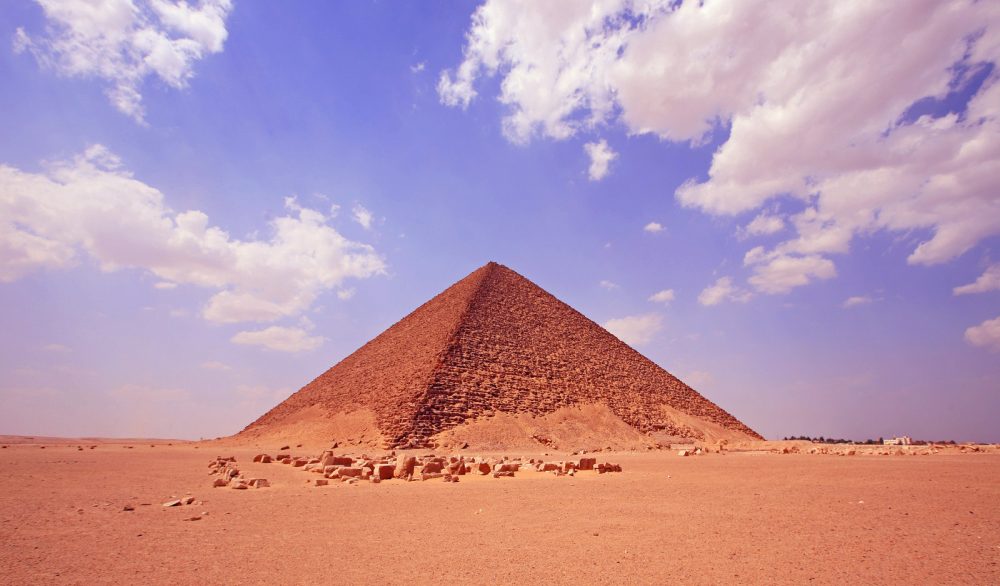
Introduction
Overview of Dahshur Pyramids and their historical significance
The Dahshur Pyramids in Egypt are significant historical landmarks due to their unique architectural design and historical importance. These pyramids were built during the time of Pharaoh Sneferu, a ruler of the Old Kingdom.
The Dahshur Pyramids, known for their bent and red pyramids, represent a transition in pyramid construction techniques. They provide insights into the evolution of pyramid building in ancient Egypt.
Dahshur Pyramids location and accessibility
Dahshur Pyramids are situated about 40 kilometres south of Cairo, making them easily accessible from the capital city. Visitors can reach the site by car or bus, with the journey taking approximately an hour from Cairo.
The pyramids are located in the desert region of Dahshur, offering visitors a glimpse into Egypt's ancient history away from the bustling city life. Tourists often visit the Dahshur Pyramids as part of a larger tour of the Giza Plateau, which includes other famous pyramids and historical sites.
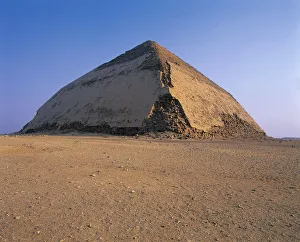
Bent Pyramid
Bent Pyramid history and architecture
The Bent Pyramid at Dahshur stands as a testament to the innovative architectural techniques employed during the reign of Pharaoh Sneferu. This pyramid, also known as the Rhomboidal or Blunted Pyramid, showcases a unique shift in design during the Old Kingdom period.
Constructed in the 26th century BC, it is one of the earliest attempts at building a true smooth-sided pyramid. The Bent Pyramid gets its name from the visible change in angle partway up the structure, believed to be an adjustment made during construction to prevent structural instability.
Bent Pyramid unique design and construction
The Bent Pyramid's distinct double-slope design sets it apart from traditional pyramid structures in Egypt. The lower part of the pyramid has a slope of approximately 54 degrees, which then changes to a gentler angle of around 43 degrees higher up.
This architectural anomaly creates a visually striking appearance and reflects the experimentation and learning curve of ancient Egyptian builders. The Bent Pyramid's construction materials primarily consist of local limestone and granite, showcasing the resourcefulness and ingenuity of the builders of that era.
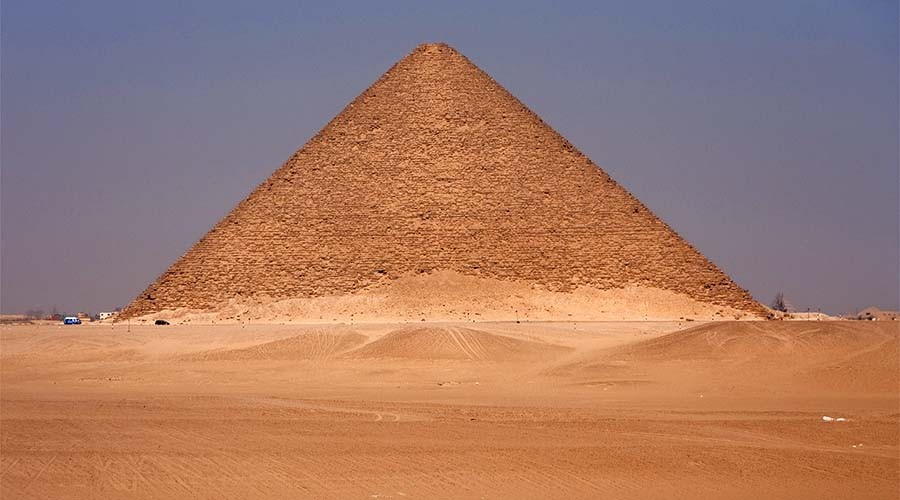
Red Pyramid
Red Pyramid significance and purpose
Your exploration now leads to the Red Pyramid at Dahshur, another marvel from the era of Pharaoh Sneferu. This pyramid, also known as the North Pyramid, holds immense significance in the evolution of pyramid construction. Built following the Bent Pyramid, it represents a refinement in design and engineering.
Constructed around the same time in the 26th century BC, the Red Pyramid showcases advancements in architectural techniques, with a more consistent angle of incline compared to its predecessor. Its red limestone casing, now mostly eroded, gives the pyramid its name and distinct appearance among the ancient Egyptian monuments.
Red Pyramid interior and burial chambers exploration
Entering the Red Pyramid reveals a fascinating glimpse into its burial chambers and internal structure. Descending through narrow passageways, you encounter the inner chambers designed to house the Pharaoh's remains and treasures for eternity.
The architecture inside showcases the intricate planning and craftsmanship of the builders, with corridors, chambers, and shafts expertly constructed to withstand the test of time. The Red Pyramid's interior layout differs from earlier pyramid designs, reflecting a continuous improvement in the funerary practices and beliefs of the ancient Egyptians.
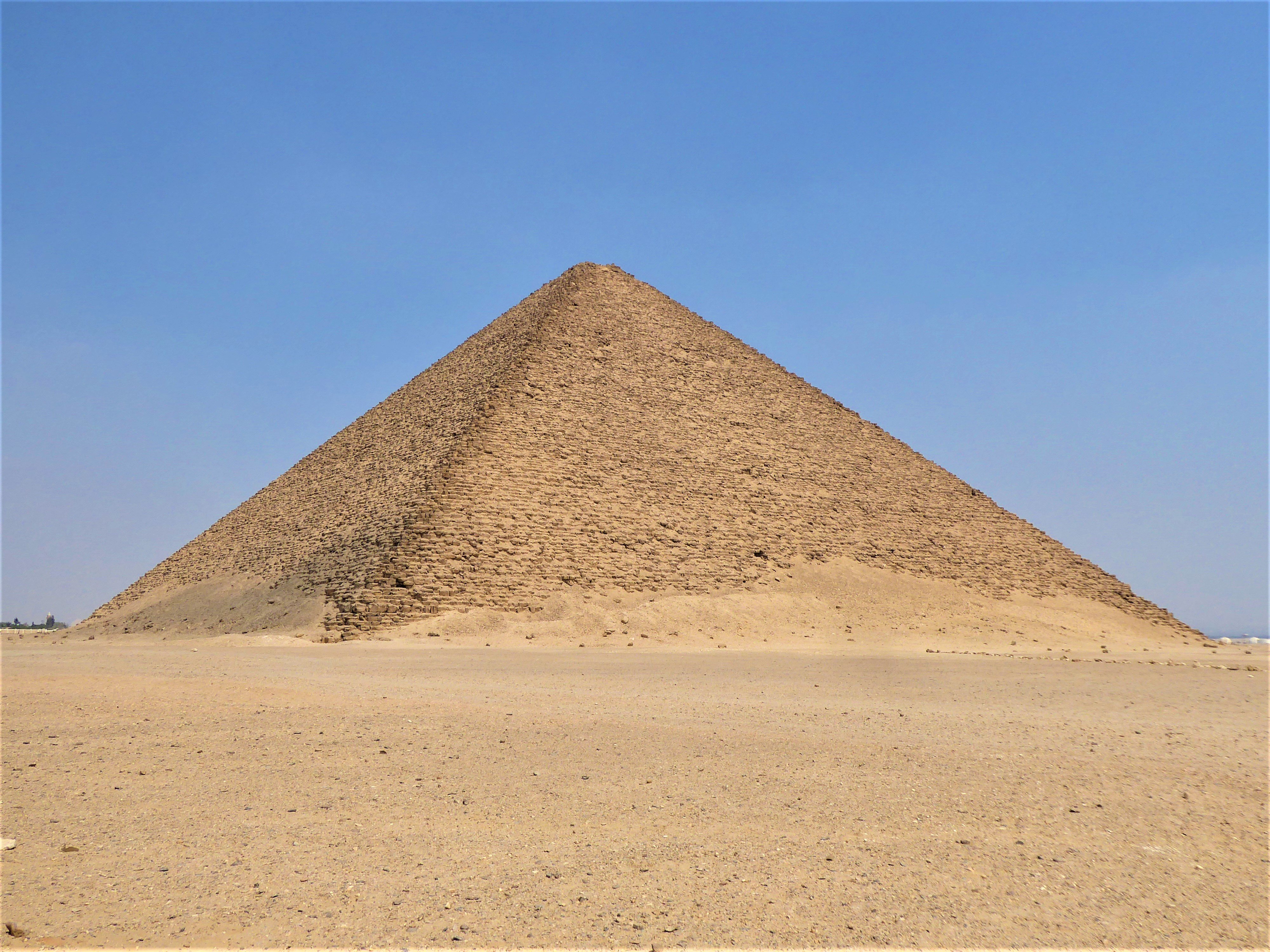
Dahshur Necropolis
Dahshur Necropolis as a UNESCO World Heritage Site
As you delve into the exploration further, Dahshur Necropolis stands as a UNESCO World Heritage Site, recognized for its historical significance and architectural achievements. The site, home to the iconic Bent Pyramid and Red Pyramid attributed to Pharaoh Sneferu, is important in Egypt's rich heritage. Its inclusion as a World Heritage Site reflects its universal value and cultural importance, offering a window into the ancient Egyptian civilization and pyramid construction methods.
Dahshur Necropolis restoration and preservation efforts
When venturing through Dahshur Necropolis, you witness ongoing restoration and preservation efforts to safeguard these ancient wonders for future generations. Archaeologists and conservationists work tirelessly to maintain the structural integrity of the pyramids and ensure their longevity.
By employing advanced techniques and carefully planned interventions, they strive to protect the monuments from natural erosion and human-induced damage, securing these marvels of the past for years to come.
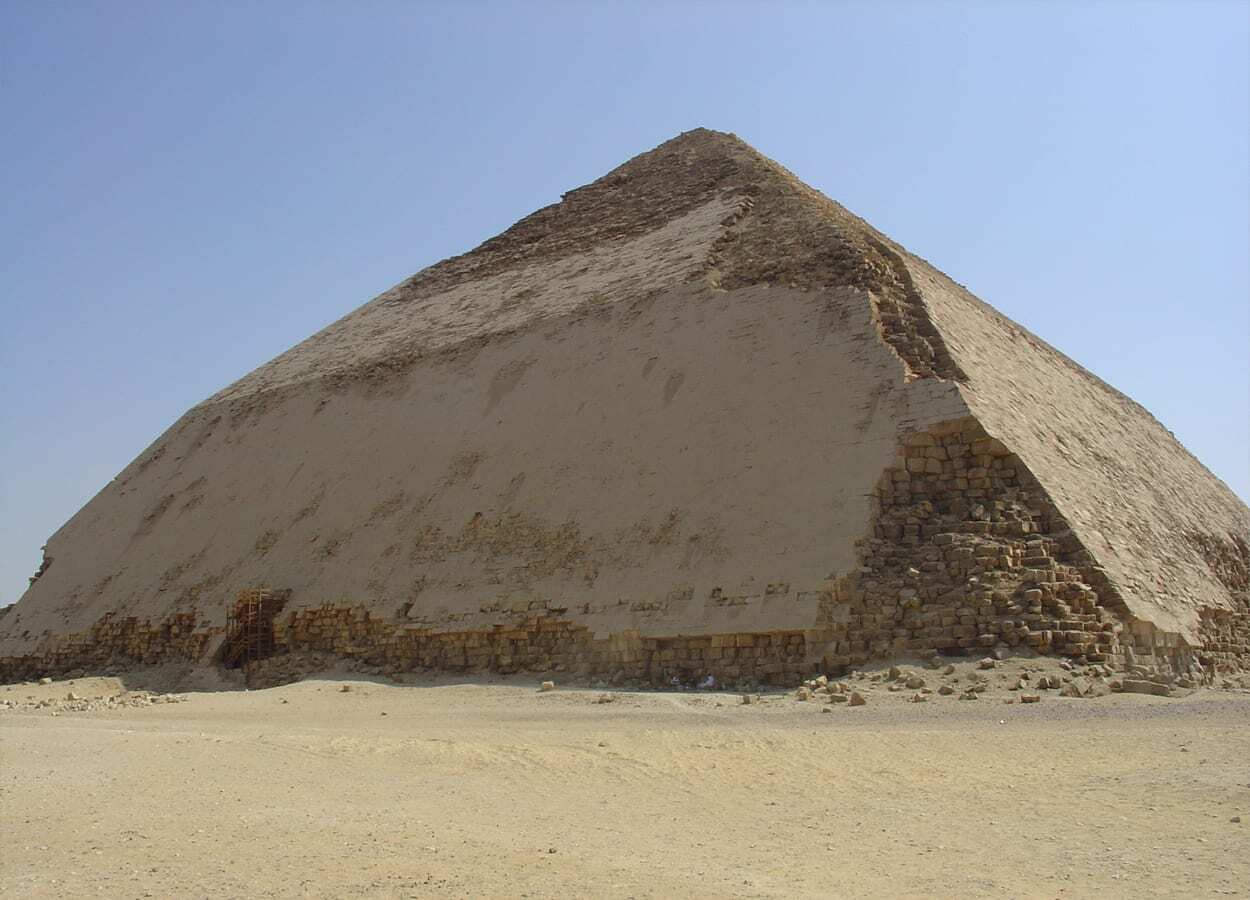
Pyramid of Amenemhat III
Pyramid of Amenemhat III historical background
As you shift your focus to the Pyramid of Amenemhat III, you encounter a structure dating back to the reign of Pharaoh Amenemhat III during the Middle Kingdom period of ancient Egypt. Constructed at Hawara, this pyramid is a testament to the pharaoh's architectural prowess and royal power, serving as a final resting place for Amenemhat III and showcasing the cultural significance of pyramid complexes in ancient Egyptian funerary practices.
Pyramid of Amenemhat III exploration and discoveries
Upon exploring the Pyramid of Amenemhat III, you come across significant archaeological discoveries that shed light on the funerary rituals and beliefs of the Middle Kingdom era. Excavations around the pyramid have revealed burial chambers, artefacts, and inscriptions that provide insights into the religious ceremonies and royal traditions of the time. These findings contribute to our understanding of ancient Egyptian civilization and the role of pharaohs in the afterlife.
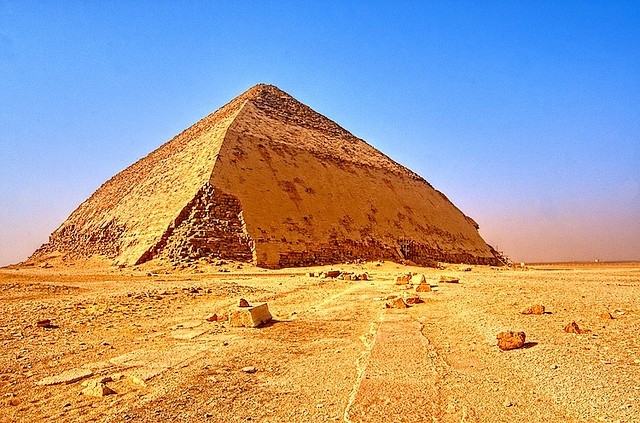
Pyramid of Senusret III
Pyramid of Senusret III architectural features
When examining the Pyramid of Senusret III, one cannot overlook its remarkable architectural features that reflect the advanced construction techniques of ancient Egypt. Built during the reign of Pharaoh Senusret III, this pyramid stands as a testament to the engineering ingenuity of the time. The complex includes a mortuary temple, causeway, and subsidiary pyramids, showcasing the grandeur and precision of Egyptian pyramid design.
Pyramid of Senusret III significance in Egyptian history
The Pyramid of Senusret III holds immense historical significance in ancient Egypt. Serving as the final resting place for Pharaoh Senusret III, this pyramid symbolizes the Pharaoh's divine kingship and eternal life in the afterworld. The architectural layout of the pyramid complex aligns with Egyptian beliefs in the afterlife and the king's role as a mediator between the gods and the people. Studying this pyramid provides valuable insights into the religious beliefs and political structures of the Middle Kingdom era.

Dahshur Pyramids Tourist Information
Dahshur Pyramids visiting hours and ticket prices
When visiting the Dahshur Pyramids, it is essential to note the visiting hours and ticket prices to make the most of your experience. The site is generally open from 8:00 AM to 5:00 PM, allowing ample time to explore these ancient marvels.
As for ticket prices, entrance fees vary for locals and foreigners, with additional fees for access to certain areas, such as inside the pyramids or the burial chambers. It is advisable to check the latest ticket information before planning your visit.
Dahshur Pyramids guided tours and visitor tips
Exploring the Dahshur Pyramids with a guided tour can enhance your understanding of these historical monuments. Knowledgeable guides can provide insights into the construction techniques, purpose, and significance of the pyramids.
Additionally, they can navigate you through the site efficiently, ensuring you don't miss any important details. For visitors exploring independently, wearing comfortable shoes, carrying sufficient water, and respecting the site's rules and regulations are essential tips for a memorable and respectful visit to the Dahshur Pyramids.
